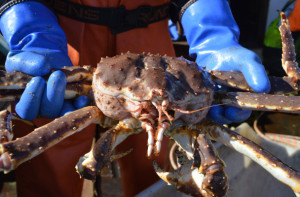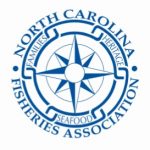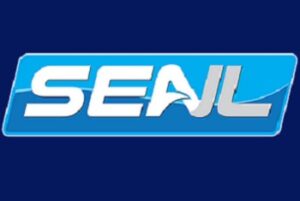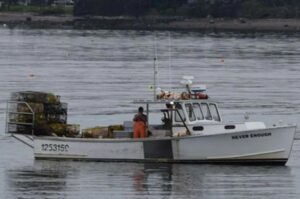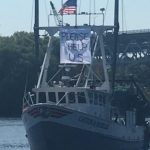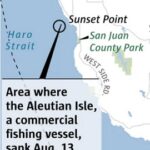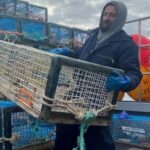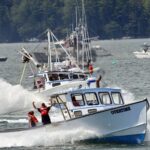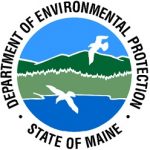Tag Archives: U.S. commercial fishermen
Southern Shrimp Alliance Welcomes NOAA Fisheries’ Confirmation that U.S. Wild-Caught Shrimp Is the Sustainable Choice
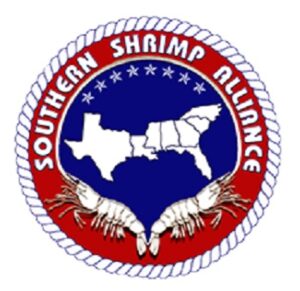 Last week, NOAA Fisheries published an on-line resource with facts regarding wild-caught American shrimp, explaining what makes it a sustainable seafood choice. Shrimp is, far and away, the most popular seafood in America. As NOAA Fisheries explains, “now about one-quarter of the seafood Americans eat is shrimp.” Yet, despite Americans’ love of shrimp, the U.S. shrimp industry is struggling. NOAA Fisheries notes that despite the fact that landings volumes were roughly the same in 2023 as they were in 2022, preliminary data from the Gulf of Mexico show that the industry sold $329 million of wild-caught shrimp in 2022 and that revenue dropped to $204 million in 2023 – a 38 percent drop.” more, >>CLICK TO READ<< 16:29
Last week, NOAA Fisheries published an on-line resource with facts regarding wild-caught American shrimp, explaining what makes it a sustainable seafood choice. Shrimp is, far and away, the most popular seafood in America. As NOAA Fisheries explains, “now about one-quarter of the seafood Americans eat is shrimp.” Yet, despite Americans’ love of shrimp, the U.S. shrimp industry is struggling. NOAA Fisheries notes that despite the fact that landings volumes were roughly the same in 2023 as they were in 2022, preliminary data from the Gulf of Mexico show that the industry sold $329 million of wild-caught shrimp in 2022 and that revenue dropped to $204 million in 2023 – a 38 percent drop.” more, >>CLICK TO READ<< 16:29
Is U.S. Wild-Caught Shrimp Sustainable? The Short Answer Is Yes
 U.S.-harvested shrimp is nutritious, delicious… and sustainable! The shrimp fishery has also historically been a culturally important economic engine. It provides a livelihood for thousands of U.S. commercial fishermen. U.S. shrimp are a sustainable seafood option, and the United States sets a global precedent for shrimp trawl bycatch reduction. But our nation’s shrimp industry is struggling to stay afloat and there’s confusion about its sustainability. Here are the facts about U.S. wild-caught shrimp. Most U.S. shrimp are caught in the Southeast from Texas to North Carolina. Three species—white shrimp, pink shrimp, and brown shrimp—make up the vast majority of the shrimp caught. more, >>CLICK TO READ<< 10:22
U.S.-harvested shrimp is nutritious, delicious… and sustainable! The shrimp fishery has also historically been a culturally important economic engine. It provides a livelihood for thousands of U.S. commercial fishermen. U.S. shrimp are a sustainable seafood option, and the United States sets a global precedent for shrimp trawl bycatch reduction. But our nation’s shrimp industry is struggling to stay afloat and there’s confusion about its sustainability. Here are the facts about U.S. wild-caught shrimp. Most U.S. shrimp are caught in the Southeast from Texas to North Carolina. Three species—white shrimp, pink shrimp, and brown shrimp—make up the vast majority of the shrimp caught. more, >>CLICK TO READ<< 10:22

What’s on the line? Atlantic bluefin tuna
The Atlantic bluefin tuna season ranks high enough up on the fishing world calendar that the fish even has two of its own television shows. This species is one of the largest open ocean migratory species of finfish found in the northwest Atlantic. Many fish are caught weighing well over 1,000 pounds and measuring 8 feet or more in length. In North Carolina, the Atlantic bluefin tuna can be found year-round at varying degrees of availability, but are usually the most plentiful from January through March and into April off the Outer Banks, and November through December, with fish numbers increasing in October. >click to read< 11:57
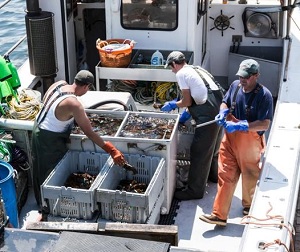
Seafood Trade Relief Program: Funding available for Maine lobster fishermen affected by China’s tariffs
Lobster fishermen have started applying for a portion of a $527 million relief program recently unveiled by the U.S. Department of Agriculture (USDA) to help offset losses incurred due to China’s new tariff policies. The Seafood Trade Relief Program (STRP) is paying 50 cents for every pound of lobster; in 2019, Maine landed roughly 100 million pounds. The Notice of Funds Availability notes President Donald Trump’s June 24 memorandum, “Protecting the United States Lobster Industry,” directs the USDA to consider appropriate action to provide assistance to eligible U.S. commercial fishermen whose business has been impacted by foreign government trade actions that have led to the loss of exports. >click to read< 08:11
Fraser River sockeye run still avoiding U.S. waters, frustrating Whatcom County fishermen
With the sockeye salmon run into the Fraser River nearly complete, the fortunes of local U.S. commercial fishermen haven’t improved much. In recent years about 50 percent of the sockeye run went south through the Strait of Juan de Fuca, putting the fish in U.S. waters. This season nearly the entire run has gone around the north part of Vancouver Island through Johnstone Strait into Canadian waters. Read the rest here 11:35

































